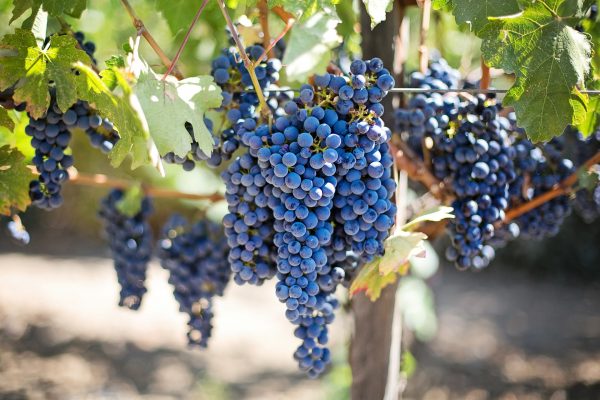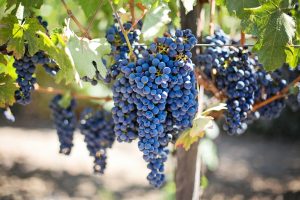Fall is in the air, and when the summer heat is winding down, but it’s not yet time for a big glass of red wine by the fire, we think of one thing: rosé. On the spectrum between red and white wines, rosés are made with the same grapes as reds, but spend less time fermenting with the skins than reds do. Rosés are perfect for this time of year, offering the refreshing brightness of white wines with added depth from the skins.
Rosé wines are made from nearly every wine grape, and as rosé’s popularity grows, so do the options (we know that makes us happy). From dry to sweet, simple to complex, they can offer characteristics of red fruit, flowers, citrus or melon depending on the varietal, region and winemaking process.
So what is the process for making rosés? There are three main methods:
- Maceration Method. In this commonly used method for producing commercial rosé, grapes are pressed and sit in their own skins to ferment for a brief time. The juice and skins are then separated before the color gets too dark. Depending on the varietal, skins are left to ferment with the wine for varying amounts of time, from as little as a few hours to days.
- Vin Gris/Direct Press Method. Meaning “gray wine,” the vin gris method is to make a nearly white wine using red wine grapes and white winemaking processes. Vin gris uses an extremely short maceration time, resulting in rosés with a very pale hue.
- Saigneé. Pronounced san-yay, this method is a by-product of red winemaking. During the first few hours of a red wine’s fermentation, some of the juice is “bled” off to ferment separately from the rest of the wine. This method is more common in wine regions that produce finer reds, because it not only produces a nice rosé with a typically darker hue, but leaves a higher ratio of skin contact on the un-bled juice, concentrating the red.
Whatever the method, we love rosé. We are proud to feature several on our wine lists, including favorites like our Domaine de la Roche mourvèdre blend from the Bandol region in southern France, and the classic Domaine Carneros Brut rosé. We’ve also got a number of sleek rosés from around the world available that aren’t listed on the menu. Our fresh seafood and farm fresh specials are perfect candidates to pair nicely with any of our lovely rosés—we’d love to help you find the perfect wine to complement your dinner. Never hesitate to ask!



